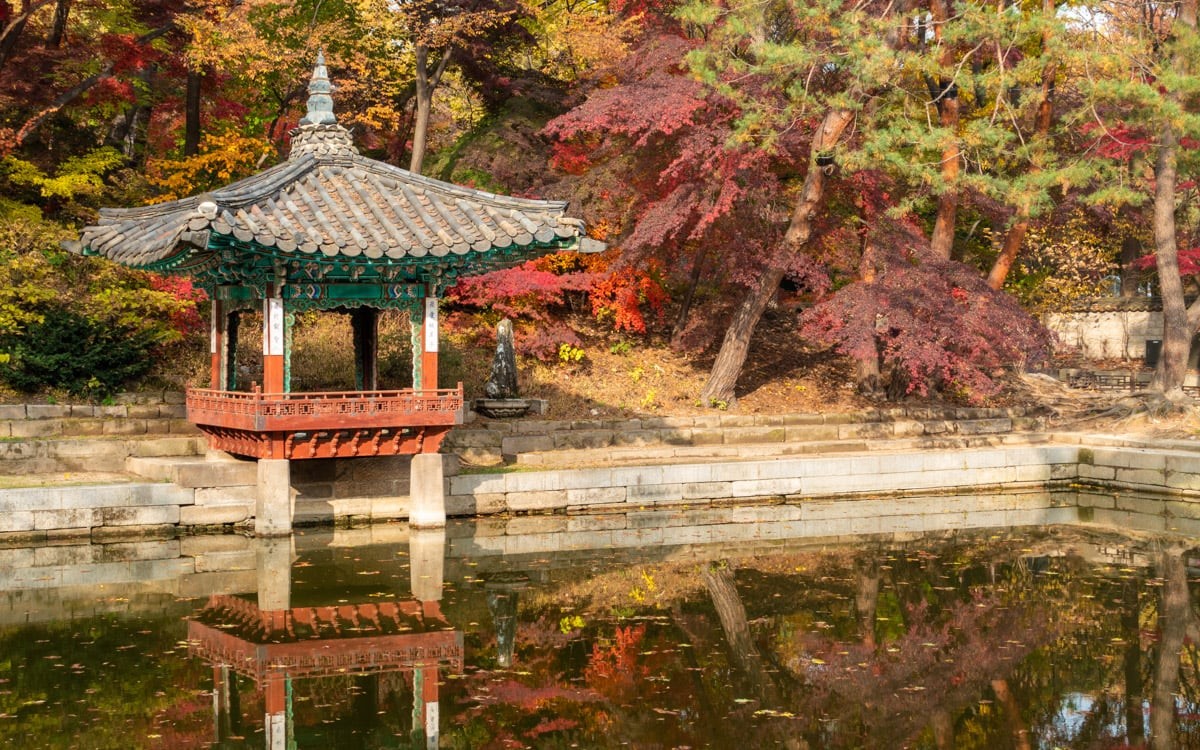
Charles Bridge: The Timeless Beauty of Prague's Iconic Landmark
Stretching gracefully across the Vltava River, Charles Bridge (Karlův most) is one of Prague’s most cherished landmarks and a stunning symbol of the city’s rich history and architectural beauty. This ancient stone bridge, completed in the 15th century, has witnessed centuries of change in the Czech capital and remains a beloved treasure for both locals and visitors. Its stunning Gothic design, adorned with Baroque statues, provides not only a link between the Old Town and Prague Castle but also a window into the city's medieval past.
A Bridge with Deep Historical Roots
Commissioned by King Charles IV in 1357, the bridge was designed to replace the older Judith Bridge, which had been washed away by floods. The new bridge was part of the king's grand vision to connect Prague's Old Town (Staré Město) with the Lesser Town (Malá Strana) and ultimately with Prague Castle. Built in a time when Gothic architecture flourished in Europe, the bridge is a testament to the engineering ingenuity and aesthetic values of the medieval period.
Constructed of sandstone blocks and supported by 16 massive arches, Charles Bridge has stood the test of time, surviving floods, wars, and the everyday wear of centuries. The bridge's Gothic-style towers—the Old Town Bridge Tower and the Lesser Town Bridge Towers—stand as proud sentinels at either end, welcoming those who traverse its path. The Old Town Bridge Tower, in particular, is often praised as one of the finest Gothic towers in the world, offering a gateway into Prague’s medieval history.
The Stunning Collection of Baroque Statues
What truly sets Charles Bridge apart is its collection of 30 statues and sculptural groups, added between the 17th and 18th centuries, primarily in Baroque style. These statues, depicting saints and historical figures, add an element of grandeur and spirituality to the bridge. Among the most notable are the statues of St. John of Nepomuk, St. Vitus, and St. Luthgard.
The statue of St. John of Nepomuk is particularly significant. Legend has it that he was thrown into the Vltava River from the bridge in 1393 for refusing to divulge the confessions of the queen. Today, his statue is one of the most popular attractions on the bridge, with visitors touching the plaque beneath it for good luck. The gleaming bronze figure, combined with the flowing waters of the river, creates a striking visual.
As you walk along the bridge, each statue tells its own story, adding layers of meaning and history to this architectural marvel. The statues were originally created by prominent Czech artists, and though many of the originals have been moved to the National Museum to protect them from the elements, the replicas on the bridge still convey the same sense of awe and reverence.
A Bridge with Spectacular Views
Beyond its historical and artistic significance, Charles Bridge offers some of the most breathtaking views in Prague. Standing on the bridge, visitors are treated to panoramic vistas of the city’s most iconic sights. To the north, Prague Castle rises majestically on the hillside, with the spires of St. Vitus Cathedral piercing the sky. To the south, the elegant towers of the Old Town and the dome of St. Nicholas Church in the Lesser Town come into view.
The Vltava River itself adds to the bridge’s charm, with its serene waters reflecting the ancient architecture of Prague. Early mornings and evenings are particularly magical times to visit, as the bridge becomes bathed in the soft light of sunrise or sunset. In the early morning mist, Charles Bridge takes on an almost mystical quality, evoking the romance of a bygone era. At night, the illuminated Prague Castle provides a fairy-tale backdrop, making a stroll across the bridge a truly unforgettable experience.
A Cultural and Social Hub
Charles Bridge is more than just a historical monument; it is a living, breathing part of Prague’s daily life. By day, the bridge bustles with activity, as tourists, street artists, musicians, and local vendors come together in a vibrant celebration of culture. Painters set up their easels, capturing the beauty of the surrounding landscape, while musicians fill the air with the sounds of classical guitar, violin, and traditional Czech tunes. This lively atmosphere, combined with the bridge’s historical significance, makes it one of the most popular and beloved spots in Prague.
Despite the crowds, there are moments of tranquility to be found, especially during early morning or late at night, when the bridge is quieter and the full majesty of its surroundings can be appreciated. Whether packed with people or shrouded in peaceful silence, Charles Bridge offers an experience that resonates deeply with all who cross it.
A Timeless Connection Between Past and Present
The enduring appeal of Charles Bridge lies in its ability to bridge the past and present—both literally and figuratively. For centuries, it has connected two important parts of the city, facilitating the flow of commerce, culture, and people. Today, it continues to serve as a vital artery in Prague, drawing visitors from all corners of the world to experience its unique blend of history, art, and beauty.
Whether you are admiring the intricate statues, soaking in the views, or simply walking in the footsteps of history, Charles Bridge has an undeniable charm that captivates the heart and soul. It is a place where time seems to stand still, allowing visitors to connect with the spirit of Prague in a profound and meaningful way.
Charles Bridge is much more than just a crossing over the Vltava River—it is a journey through the history, culture, and soul of Prague. Its Gothic architecture, stunning Baroque statues, and breathtaking views make it one of Europe’s most iconic landmarks. Whether experienced in the lively energy of the day or the quiet romance of the evening, Charles Bridge offers a timeless beauty that will continue to inspire and enchant all who visit.





